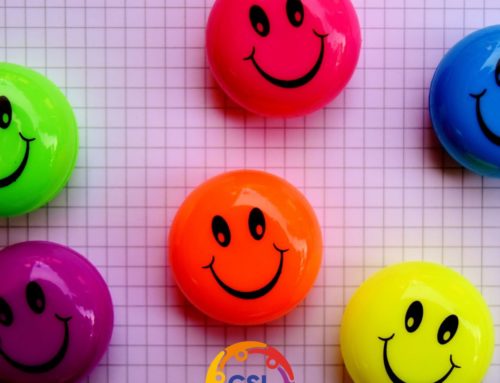WHAT IS MAY 17?
The International Day Against Homophobia, Transphobia and Biphobia was created in 2004 to draw the attention to the violence and discrimination experienced by lesbian, gay, bisexuals, transgender, intersex people and all other people with diverse sexual orientations, gender identities or expressions, and sex characteristics.
The date of May 17th was specifically chosen to commemorate the World Health Organization’s decision in 1990 to declassify homosexuality as a mental disorder.
The Day represents a major global annual landmark to draw the attention of decision makers, the media, the public, corporations, opinion leaders, local authorities, etc. to the alarming situation faced by people with diverse sexual orientations, gender identities or expressions, and sex characteristics.
May 17 is now celebrated in more than 130 countries, including 37 where same-sex acts are illegal. Thousands of initiatives, big and small, are reported throughout the planet.
The International Day against Homophobia, Transphobia and Biphobia has received official recognition from several States, international institutions such as the European Parliament, and by countless local authorities. Most United Nations agencies also mark the Day with specific events.
Even if every year a “global focus issue” is promoted, the International Day Against Homophobia, Transphobia and Biphobia is not one centralised campaign; rather it is a moment that everyone can take advantage of to take action, on whatever issue and in whatever format that they wish.
Many different entities participate in the global mobilisation around May 17 and as a consequence it receives many different denominations. Some organisations add Lesbophobia or Intersexphobia as distinct focuses. Acronyms also vary, from the initial IDAHO to IDAHOTB or IDAHOBIT. The Day is not one central trademarked brand and everyone is free to communicate as they wish.
Initially managed by the IDAHO Committee, the initiative is now collectively managed in collaboration between regional and thematic networks working to advance the rights of people with diverse sexual orientations, gender identities or expressions, and sex characteristics. This collaboration brings together organizations and initiatives at global, regional, national and local levels.






